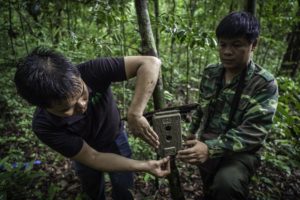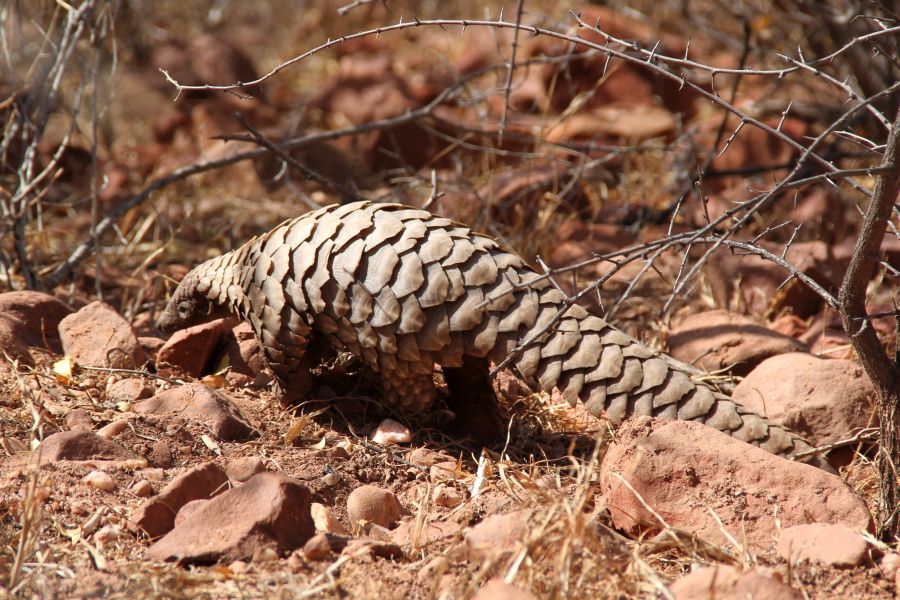A new paper published today by 11 members of the Pangolin Specialist Group reviews what has been achieved so far in pangolin conservation and considers what must be done to secure a future for pangolins.
Despite growing risks of extinction, pangolins have historically attracted little conservation attention. However, in 2008, a TRAFFIC workshop held in Singapore brought the threats to Asian pangolins from illegal trade to an international audience. In the years since, there has been growing momentum in the field of pangolin conservation, including the formation of the African and Singapore Pangolin Working Groups in 2011 and 2014 and the re-establishment of the IUCN SSC Pangolin Specialist Group in 2012.
In this paper, we review the ways in which the Pangolin Specialist Group membership are contributing to pangolin conservation at local, national and global scales and highlight successes in five key areas:

- Informing policy through attendance at CITES meetings and international conferences;
- Contributing to the evidence and knowledge base on pangolins through publications on the eight species and the threats they face;
- Setting the conservation agenda for pangolins;
- Leading conservation efforts in the field; and
- Raising the profile of pangolins globally through print, broadcast and social media and at special events.
The combined activities of Pangolin Specialist Group members along with the contributions of key stakeholders and NGOs have set pangolin conservation off to a positive start. However, if we are to secure a future for these unique and fascinating species, it is essential that these efforts are sustained and that we continue to drive forward in our mission to scale up pangolin conservation.
Access the full article here



